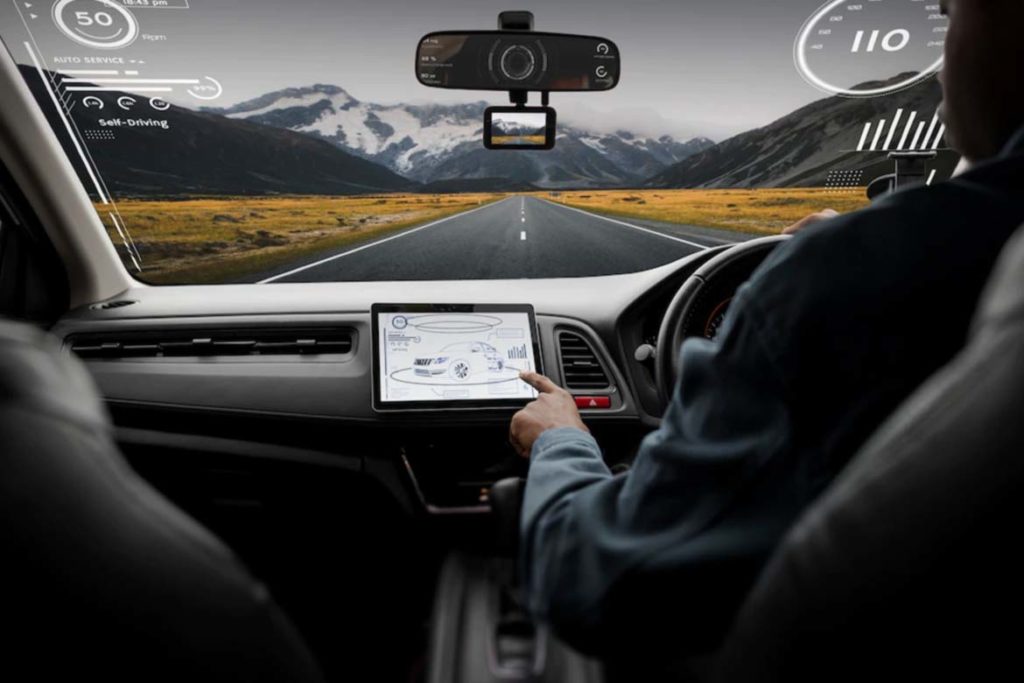Numerous tests have shown that several common EVs, including different sedans and SUVs that don’t advertise themselves as being high-performance vehicles, can accelerate from 0 to 60 mph in less than 5.0 seconds. We shall learn the factors that make electric automobiles faster than traditional fuel vehicles in this article.
Why are modern EVs so quick?
It comes down to the fundamental distinctions between internal combustion engines and electric motors. Gasoline engines may be rather picky when it comes to reaching their top output, and they typically have more narrower horsepower and torque peaks than do electric motors.
No multi-gear shit:
A transmission is required to match variable road speeds to the engine’s most powerful working range in order for a gas engine to provide as much power to the drive wheels as possible. Modern high-volume passenger cars’ transmissions can feature six to ten gears. Even so, there is lag as the engine ramps up from idle to, say, 2000 rpm or more, and this lag is much more apparent with smaller turbocharged engines than it is with huge naturally aspirated ones used in today’s vehicles.
An additional benefit of electric motors’ quick reflexes is that electric vehicles don’t need to wait for the multi-gear downshift that a gas-engine vehicle would make in that situation, making them stunningly quick when accelerating from cruising speed. However, as EVs lack gearing, they normally accelerate more slowly at high speeds and reach their highest speeds at a lesser rate than supercars powered by gas engines
Immense Torque in a short span:

Read more: What is Self-charging in EV? Here are some technologies that charges EVs automatically
What if your car had a powertrain that produced close to its maximum output at zero revolutions per minute (rpm) and didn’t require a transmission to maximise its 0–100 mph acceleration? Wouldn’t that address the most of the performance issues with gas and diesel engines? These wondrous inventions already exist; they are the electric automobile motors. Even though an electric motor is smaller externally than an internal combustion engine, it may nevertheless provide an impressive amount of torque.
By separating their main propulsion components, such as by having a motor at either axle and batteries stowed away under the cabin floor, EVs also tend to benefit from packaging, which results in longer, more spacious cabins than gasoline cars of the same size and power.
Power is proportional to battery power:
The power of electric motors is frequently limited by the EV’s battery rather than the motor itself because they are lightweight, dependable, and have significantly fewer moving parts than a combustion engine. The drivetrain cannot demand all of that energy at once in order to maintain healthy batteries; instead, they must be asked to deliver power proportional to their energy capacity.
More efficiency:
Compared to gasoline-powered vehicles, electric vehicles use energy far more effectively. Think of an EV with a 70.0-kWh battery—it may be able to travel 250 miles, depending on how quickly you drive. The energy in those 70.0 kWh is equivalent to about two gallons of gasoline, which would only get you 100 miles in a ridiculously efficient 50-mpg vehicle. Five gallons of gasoline would be required to travel the same distance as an electric vehicle since 75 percent of liquid fuel is lost as heat and noise and only 25 percent reaches the wheels.
Ostensibly quicker:
Finally, it’s important to note that EVs frequently appear faster than they actually are since their torque is provided instantaneously. There is zero lag no matter how hard you press the accelerator. You can send as much power as you like to the tyres of the car nearly instantly. The fastest electric vehicles (EVs) can use this immediate torque to accelerate so quickly that they can fling a telephone from the dashboard into the back seat. Similar, but less significant, benefits accrue to mainstream EVs. We have no problem with fast cars, let alone ones that feel much faster and more vibrant than they are.

